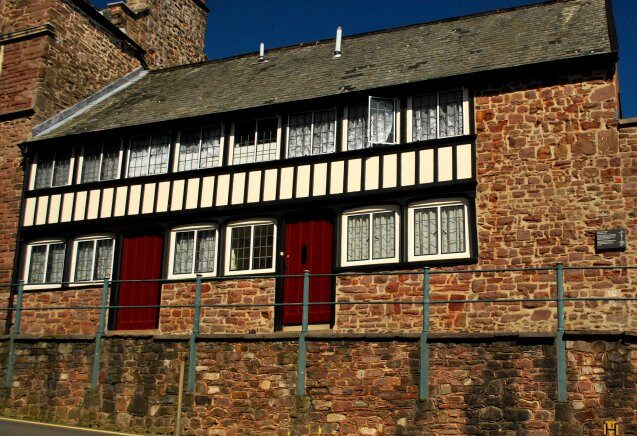Our History
Almshouses have a long history in Britain dating back to medieval times. In many market towns across the country, local wealthy benefactors built houses for specific groups of needy people often those retiring from local industries. Those benefactors also provided “alms” which were money or services given to the inhabitants of the almshouses. Today there are approximately 2,500 almshouses in the UK providing accommodation for local people.
Almshouses in Tiverton date back to the 16th Century and a number of our buildings are Grade II listed.
Our oldest almshouses date back to the 1500’s when Tiverton was home to a thriving woollen trade and wealthy merchants.
John Greenway
(c 1460-1529) was the first great Tiverton merchant. He exported West Country cloth to Europe and won valuable contracts for King Henry VII. He armed his ships to protect sailors and merchant men from pirates. John Greenway was a well known and well respected merchant and was admitted to the Drapers Company and the Merchant Venturers Company, both in London.
John Greenway employed staff and trained apprentices. He also provided almshouses for his retired employees and built the original almshouse building and chapel in Gold Street in the 1520’s. Intended for five poor men who could no longer work, each man received 8 pence a week and in return had to pray daily in the chapel for the souls of John Greenway and his wife, Joan. An inscription instructing this practice can still be seen on the chapel. Although the fire of 1731 destroyed many of the almshouses, the chapel survived.
At around the time the chapel was built, John Greenway’s property was assessed at £150 making him the richest man in Tiverton. He owned a great deal of property in the town and the land where the almshouses are sited in Gold Street was then probably open country and known as “Germany”, thought to have derived its name from foreign weavers who came to work in Tiverton.
John Greenway also built a chapel to the side of St Peter’s Church in Tiverton in 1517. The elaborate decorations engraved on the white Beer stone show, amongst others, ships belonging to John Greenway and his life as a merchant. Both John and Joan Greenway died in 1529 and were buried in a vault beneath the chapel.
Throughout history, many additional units have been built at John Greenway Close most notably in Victorian times and again in 2004 when thirty-two homes were built to a design by the Trust’s architect at the time, David Yarham. In 2004 these new almshouses were opened by Prince Charles who awarded them the Patron’s Award for Excellence.
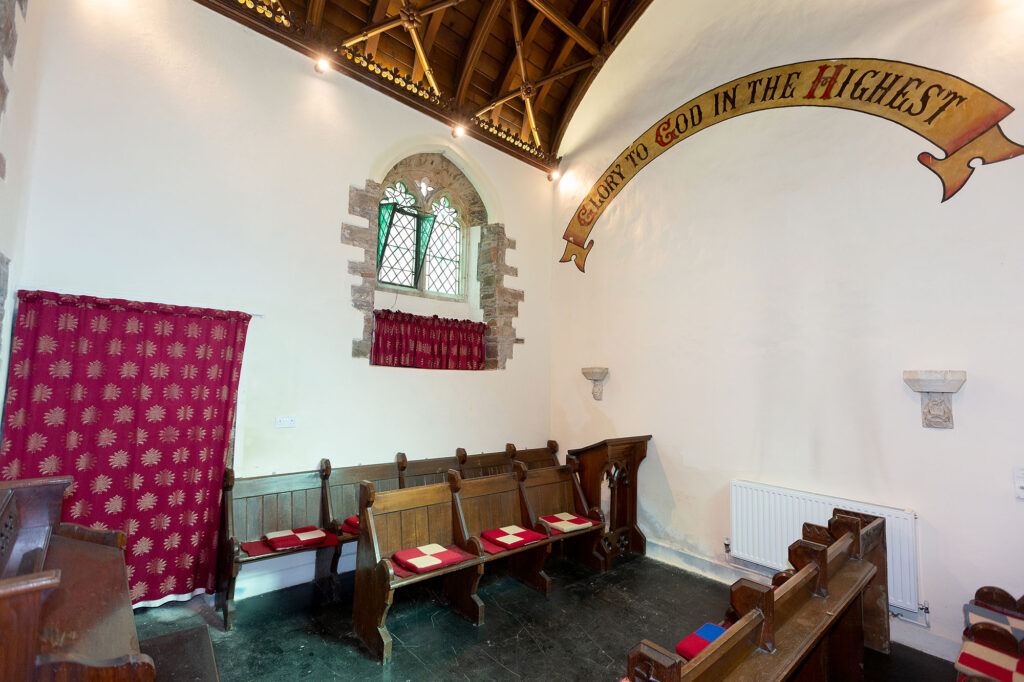
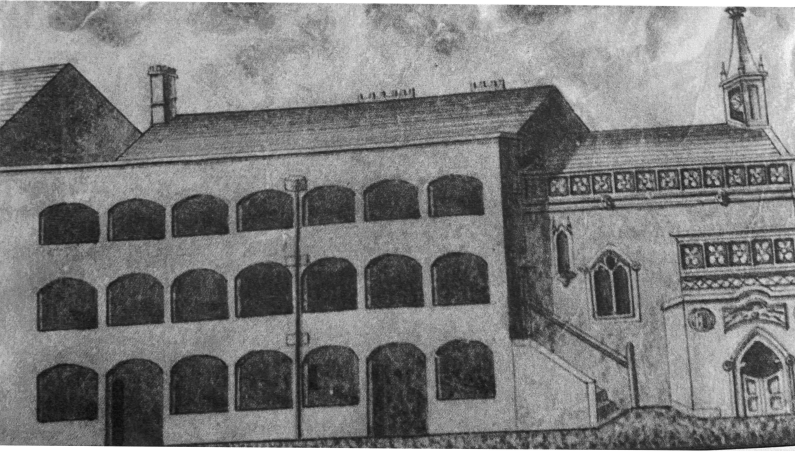
John Waldron
(c 1520-1579) of Tiverton, England, was a wealthy merchant, who founded and endowed the surviving Grade II Listed “Waldron’s Almshouses” and Chapel on the outskirts of Tiverton.
By a deed poll dated 19 October 1577 “John Waldron of Tiverton, Merchant” gave to the two churchwardens of St Peter’s Church, Tiverton, and to eight further trustees, an annuity of £24, payable quarterly out of his manor of Daccombe (near Paignton) and from all his lands in Tiverton. They were to distribute it weekly to “eight of the most needy, poor, impotent and indigent persons of the town of Tiverton, by them to be appointed”, to every one 12 pence per week. “The poor persons should be entitled for life, unless they should be guilty of any crime or be of dissolute life”. The remainder was to go to the trustees as remuneration.
The Almshouse was built in open fields on the outskirts of the town, near the Wellbrook stream. The two-storey Almshouse occupies the eastern part of the building and was designed for 8 “poor, impotent and indigent” men of Tiverton, each occupying a single room. The upper floor is reached by an external staircase leading to a covered gallery landing. The building was started in 1579 but John Waldron died before the work was completed. His wife, Ricord, ensured the project was completed.
The exterior of Waldron’s Almshouse is decorated with profuse relief sculptures. An inscription in Gothic lettering across the front elevation under eaves is as follows;
“John Waldron merchant and Richord his wife builded this house in the time of their life. At such tyme as the walls were fourtyne foote hye. He departed this world even the eightynthe day of July 1579”.
“Since youth and life doth passe awaye,
And death at hand to end our dayes,
Let us do so that men may saye:
We spent our goods God to preys.
He that upon the poore doth spende
The goods that he hath heare,
To God agen the same doth send
And paye the same with great increase”.
It was on one of his travels abroad that he is believed to have bought the bell which hangs in the bellcote above the chapel. It is dated 1539 which makes it the oldest bell in Devon to bear a date in its inscription. It is 50 years older than the almshouses and so it has been suggested that John Waldron probably bought it second-hand. The bell is about 18” in diameter and has decorative friezes above and below the inscription: “In the year 1539, Aelbert Hackman cast me in Cleve. Jesus, Mary, Ann”. Cleve is the birthplace of Henry VIII’s wife, Ann of Cleves, and is now in West Germany near the Dutch border. Aelbert Hackman was a famous bell founder.
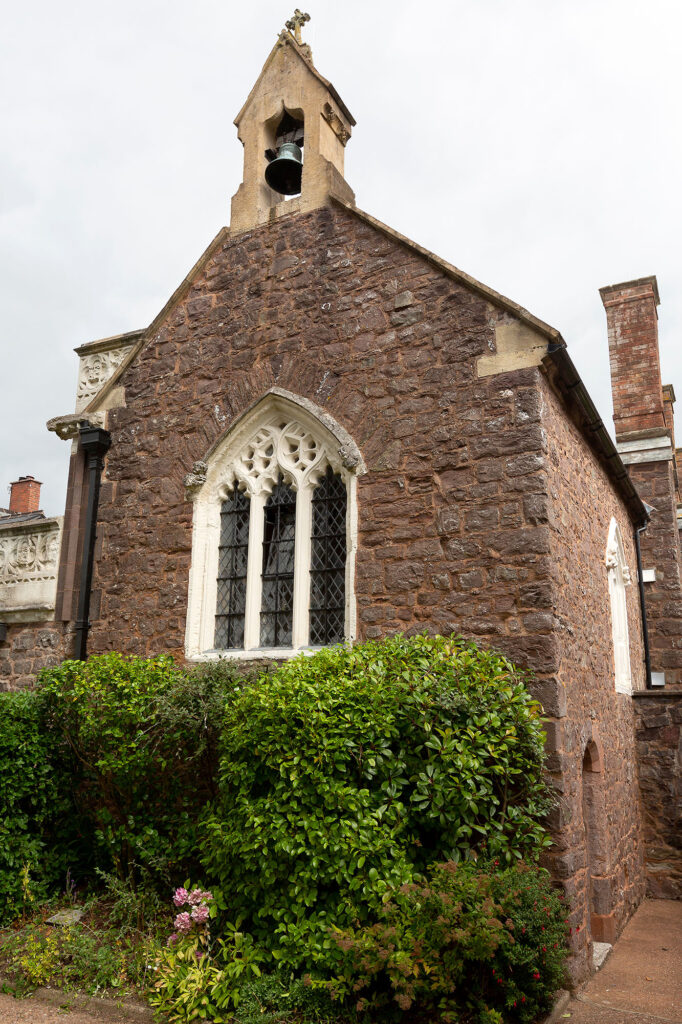
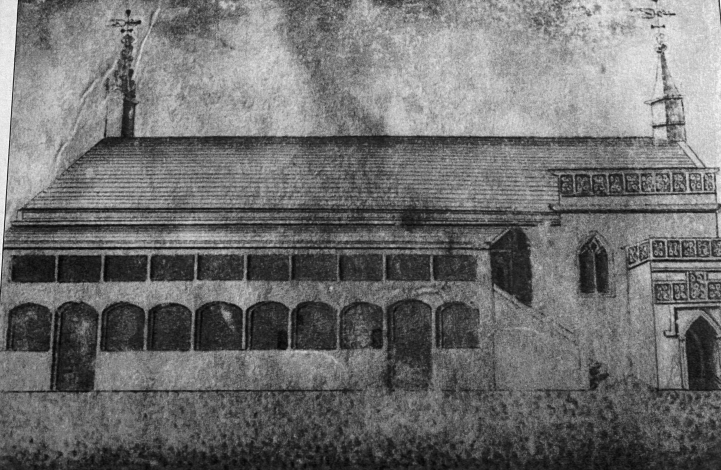
George Slee
George Slee was a farmer’s son from Coldridge believed to have come to Tiverton in the late 1500’s. He became a prominent merchant-clothier and in 1603 built The Great House for his own occupation and then the almshouses adjoining The Great House on Angel Terrace at the top of Angel Hill. Slee imported exotic goods from the Americas and West Africa and in 1590 he was recorded as importing 74lbs (about 30 kilos) of “elephants teeth” (ivory).
George Slee’s first house on the site was destroyed by fire in 1598 and his daughter died in the blaze. George Slee built the almshouses in her memory. They were originally intended for 6 poor aged widows or maidens. The building now houses three one-bedroom flats. Similarly to Waldron’s almshouses, George Slee died before they were completed and his widow, Joan, has dated the building with her initials and an inscription “1614”.
